- Title: The Tenth Data Release of the Sloan Digital Sky Survey: First Spectroscopic Data from the SDSS-III Apache Point Observatory Galactic Evolution Experiment
- Authors: 232 authors from 93 institutions
The Universe is boundless – full of peculiar objects that astronomers would love to get their hands on. We need a way to quickly search the skies for interesting celestial objects, build catalogs of what exists to look for trends, and look for objects that are transient, or changing brightness within hours or days. Thirteen years ago the Sloan Digital Sky Survey (SDSS) came along to meet this need. Though certainly not the first or only survey of the sky, technological innovations have made SDSS the largest to date.
SDSS data are obtained with a 2.5 meter telescope located at Apache Point Observatory in New Mexico. The original survey consisted of both imaging and spectroscopy. The imaging was obtained in five filters that covered the full optical range of the spectrum. Based on the colors of stars and galaxies, spectra were then obtained of the most interesting objects. In total, the initial survey imaged about 35% of the sky and collected spectra of 1.6 million objects. Data from SDSS has yielded over 5000 papers, and Astrobites has covered a number of those. Scientific discoveries include the most distant quasar yet observed and even a new class of astronomical objects – stellar dwarfs. Such discoveries have led to a much greater understanding of the structure of the universe and even our own galaxy.
In 2008, the SDSS finished the initial survey. All data from the SDSS is made publicly available in yearly installments, referred to as data releases. Data Release 10 (DR10) was unveiled last week. After the completion of the initial survey, SDSS moved into a new mode operation of more specific surveys. This latest data release includes two of these surveys, APOGEE and BOSS, which we will discuss in more detail below. DR10 contains spectroscopy of 1.4 million new objects, bringing the total number of SDSS spectra to 3.27 million. To get a better sense for the enormity of the data included in DR10, see Figure 1.
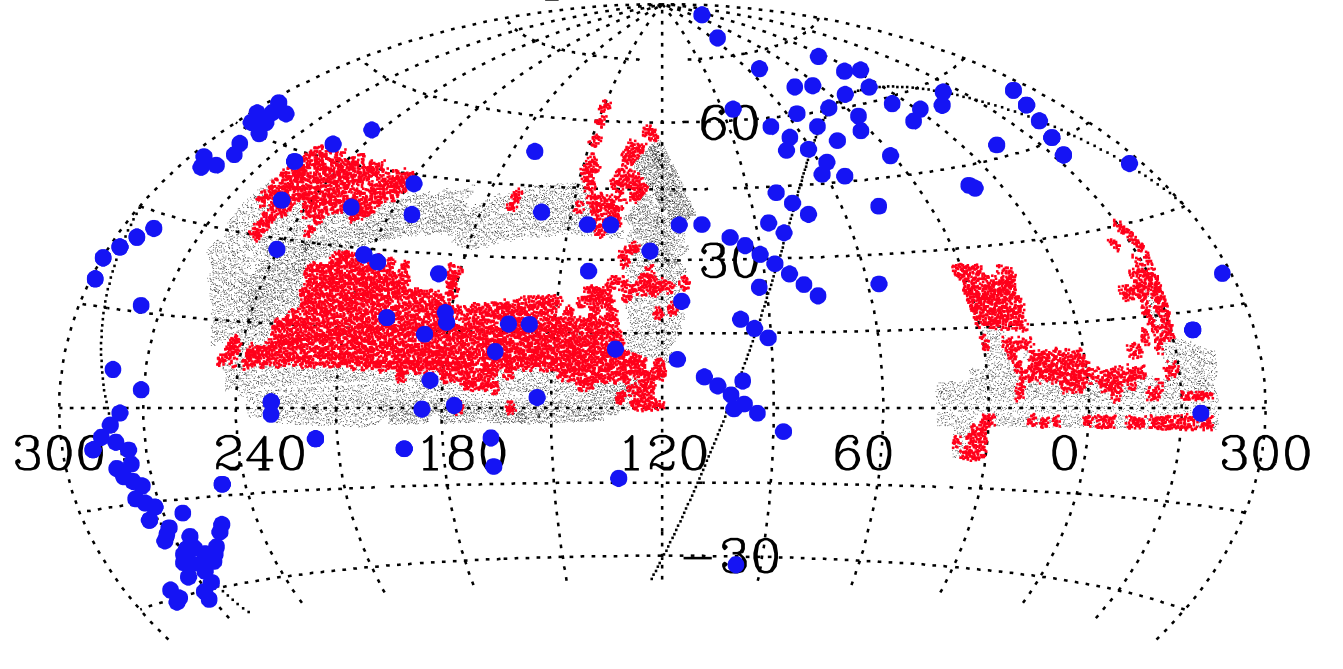
Figure 1: A map of new data included in DR10. The blue is the APOGEE spectra obtained thus far. The red in the new imaging included in this data release. The coordinates are Equatorial Coordinates.
The Apache Point Observatory Galaxy Evolution Experiment (APOGEE) is a survey to collect IR spectra of 100,000 red giant stars in the Galaxy. DR10 contains almost 180,000 spectra of more than 57,000 stars for the APOGEE project. This data release contains the first spectra from the APOGEE project. These stars can be found in all three major components of the Galaxy: the halo, disk, and bulge. The IR contains absorption lines of many different elements. Investigating how these lines compare between stars in different areas of the Galaxy allows astronomers to piece together the chemical evolution of the Galaxy. Since the APOGEE project obtains multiple spectra of each star, astronomers can also use these spectra to search for binary star systems. As two stars orbit each other, the wavelength of absorption lines will change due to the doppler shift. If astronomers look at the different spectra and see this shift, it is a good indication the star is actually a binary star system.
Obtaining the spectrum of a single star takes at least a few minutes. To speed up this process, APOGEE uses fiber optics to collect 300 spectra simultaneously. The fibers can then be moved around to collect light from a star or galaxy. This is the same process all SDSS projects have used. For this to be an effective strategy, the telescope must have a large field of view (7 square degrees for SDSS), so that everywhere you point the telescope has enough stars of interest.
The primary goal of the Baryon Oscillation Spectroscopic Survey (BOSS) survey is to obtain spectra of 1.5 million galaxies and 150,000 quasars with redshifts between 2.15 and 3.5. The spectra will be used to determine the large-scale distribution of galaxies in this redshift range. Additionally, the Lyman Alpha forest structure in the quasars will be studied. These two projects will combine to investigate the baryon acoustic oscillation signature as a function of redshift.
This is only the beginning for all these data; astronomers now will be searching the data to discover many new and exciting things. Both of these projects will continue until they are completed in 2015. After that, a new set of programs will take over the SDSS. The future of astronomy is invested in large sky surveys and the wealth of data they collect. Astronomers are waiting for the next generation survey, the Large Synoptic Sky Telescope (LSST) to begin operation in 2021. The LSST will image the entire visible sky in six colors every week, taking over 200,000 pictures a year. Survey astronomy has become an increasingly important part of modern astronomy, and while the data collected is massive, the scientific results should be just as weighty.

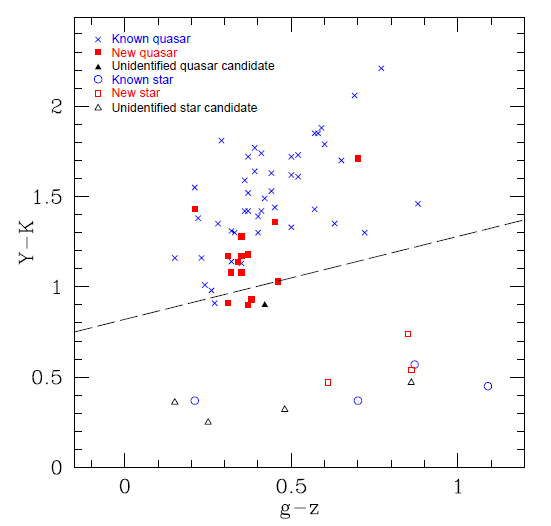
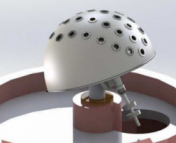
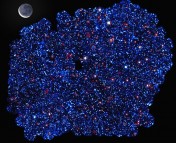
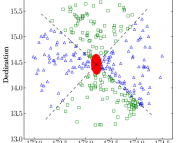
Trackbacks/Pingbacks